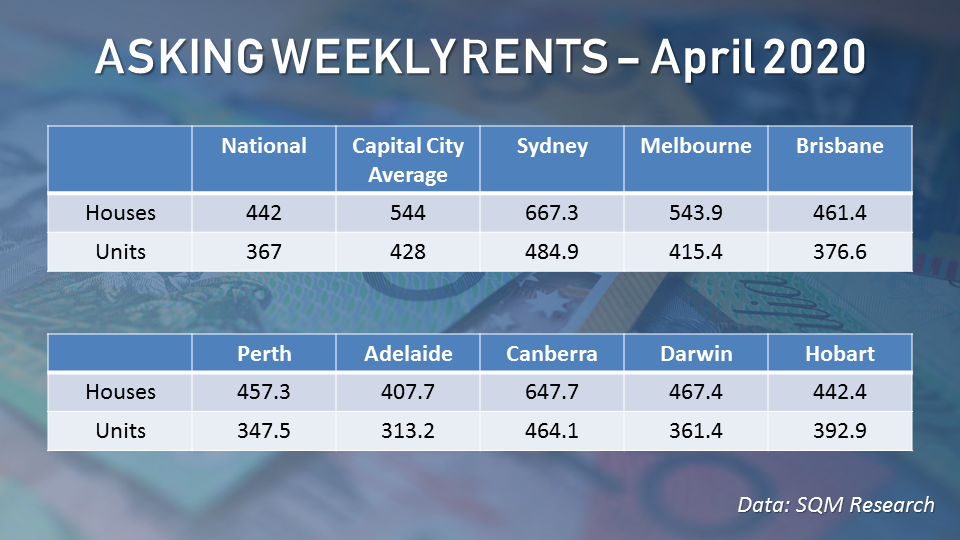The national residential rental vacancy rate remained stable in March amid the COVID-19 outbreak, but some states reported dips in vacancies, according to the latest market update from SQM Research.
The national vacancy rate stood at 2% last month, with the total number of vacancies hitting 67,371. Most states — except Sydney, Melbourne, and Darwin — recorded minor declines of around 0.1%.
"The minor decline in most capital cities' vacancy rates for March was somewhat surprising given the uncertainty around the economy," said Louis Christopher, CEO at SQM Research.
On an annual basis, the vacancy rate in the month was lower. Only Melbourne and Hobart recorded higher vacancy rates.
Christopher said it is possible that vacancy rates will rise over the next few months, given the impact of the COVID-19 outbreak on the economy and the housing market.
"With job losses, a freeze in migration and an expected sharp rise in short-term accommodation vacancies, we are likely to record significant increases in rental vacancy rates as 2020 progresses," he said.
The table below shows the vacancy rates in each capital city:

In terms of asking rents, capital cities reported declines for the week ending 12 April, down by 3.2% to $544 for houses and 2.9% to $428 for units.
Sydney, Melbourne, Brisbane and Hobart all recorded decreases in asking rents for both houses and units over the month.
On the other hand, Perth and Adelaide were the only capital cities to record rent increases for both houses and units. Perth increased by 1.9% for houses and 0.8% for units, while Adelaide recorded a 0.3% increase for houses and 1.4% for units.
Here's how rents changed in each capital city:

